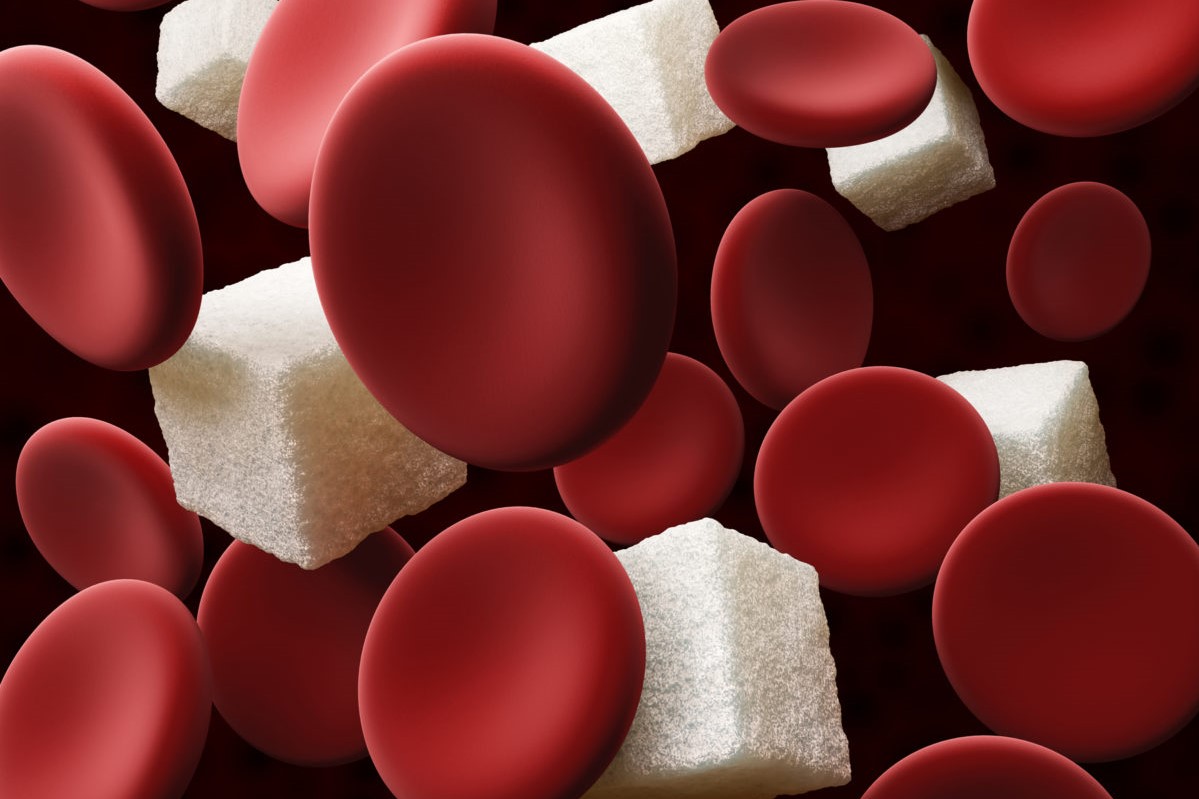
How to lower high blood sugar?
High glycaemia, or hyperglycaemia, is defined as when blood glucose, measured in the morning on an empty stomach, exceeds 100 mg/dl and when, after eating 2 hours after the meal, the values are > 140 mg/dl
High blood glucose: what tests
After the blood tests, in subjects with a first finding of high fasting glycaemia, the data must be confirmed (or not) by a second sampling accompanied by the control of the glycated haemoglobin, that is the average of the glycaemias of the last 3 months.
The blood glucose value should always be accompanied by the patient’s medical history and family history.
In subjects with first degree relatives, parents and grandparents, affected by diabetes and glycaemia values between 110-125 mg/dl, it is advisable to perform the Oral Glucose Load, more precisely it is the evaluation of glycaemia on fasting blood sample and two hours after the oral intake of 75g of glucose.
With values above 200 mg/dl, a diagnosis of diabetes mellitus is made.
Blood glucose levels of <140 mg/dl two hours after a meal are also within normal limits, while in the 141-199 mg/dl range we speak of impaired carbohydrate tolerance.
Both fasting hyperglycaemia and impaired carbohydrate tolerance are conditions with a high risk of developing diabetes.
Remedies for high blood sugar
In order to improve one’s glycaemic balance and prevent or at least delay the onset of diabetic disease, it is important to consider a number of measures that focus on changing one’s lifestyle.
Losing weight
With the help of a specialist and under dietary control, it is necessary to set up a diet adapted to the person, clinical condition and activity.
Overweight and obesity are accompanied by ‘insulin resistance’, a pro-diabetic condition resulting from the ‘super’ pancreatic work caused by hyperglycaemia and excess weight.
Modulation of calorie and carbohydrate intake, their distribution throughout the day and the choice of foods with a low glycaemic index help to achieve rapid responses to nutritional efforts.
We recommend
- limit sweets as much as possible (once a week);
- abolish sugary drinks (fruit juices and carbonated sweet drinks) and alcohol (wine, beer, cocktails, aperitifs);
- eat red meat once a week;
- eliminate fat (meat and cold cuts), excessive seasoning (sauces) and cheese from the diet.
Carbohydrates should be limited in quantity and wholegrain should be preferred.
However, they should be taken daily and distributed throughout the day because, as diabetologists say, “fats burn at the same rate as carbohydrates”.
Green light instead to:
- vegetables in all their varieties;
- fish, especially blue fish;
- fruit that is not too sweet (avoid figs, persimmons, bananas and grapes);
- foods rich in antioxidants and vitamins;
- olive oil as a raw condiment and obviously in moderation.
Drinking water
Water has a positive effect on the function of many of our body’s organs and apparatuses and is one of the main elements which, if taken in the correct quantities, helps to reduce blood sugar levels.
It allows the dilution of blood sugar, eliminating its ‘gluco-toxicity’: through urine it acts as a ‘purifier-detoxifier’ of our organism.
In addition, taking the correct amount of water improves kidney function and blood volume (volume of blood circulating and reaching the various organs).
It is advisable to drink at least 1.5-2 litres of water a day.
This amount should be increased for people who exercise and those on a diet.
We must always remember that water helps to lose weight and is of fundamental importance during dietary regimes as it is an integral part of the treatment.
Physical activity
Physical activity is the main way of reducing both blood sugar levels, by burning sugar, and the underlying conditions of diabetes, such as insulin resistance.
Regular sport improves all cardiovascular risk factors (blood glucose, body weight, hypertension, dyslipidaemia) and is almost twice as effective in reducing insulin resistance as known drug therapies to combat diabetes (64% reduction with physical activity vs 36% with metformin).
The recommended sports are aerobic ones, to be practised 3-4 times a week:
- running;
- cycling;
- walking;
- gymnastics;
- swimming;
- cross-country skiing;
- canoeing;
- dancing.
But even just brisk walking outdoors for 30′ a day brings significant benefits to body and mind.
Controlling cardiovascular risk factors
Hyperglycaemia and diabetes are associated with a higher frequency of adverse health events, with a worse cardiovascular prognosis.
The so-called ‘insulin resistance condition’ sets in about 7-8 years before the onset of diabetes and correlates with increased cardiovascular risk and related pathologies, such as hypertension and dyslipidaemia.
Reducing and adapting the various therapies with a view to good control of blood pressure and cholesterol and triglyceride values is essential for maintaining health, even more so in the case of hyperglycaemia.
What if we find occasional changes in blood sugar levels?
Attention must also be paid to minor changes in glucose tolerance.
Reduced carbohydrate tolerance and fasting hyperglycaemia increase the risk of developing diabetes in the short term by 4 and 11% respectively: if they are coexistent (IGT+IFG), this risk increases to 20.5%.
After about 3 months, glycaemia and glycated haemoglobin should be checked again and glucose tolerance re-evaluated.
If re-evaluated, an annual check-up is recommended for subjects aged > 45 years and for subjects with risk factors (e.g. patients with previous gestational diabetes, overweight/obese subjects).
If blood glucose values are > 126 mg/dl, a specialist visit to the Diabetes Service is recommended for treatment.
Read Also:
Emergency Live Even More…Live: Download The New Free App Of Your Newspaper For IOS And Android
Covid, Type 1 Diabetes Increasing Among Cured Minors
Type 2 Diabetes: New Drugs For A Personalised Treatment Approach
The Diabetic Diet: 3 False Myths To Dispel
Paediatrics, Diabetic Ketoacidosis: A Recent PECARN Study Sheds New Light On The Condition


